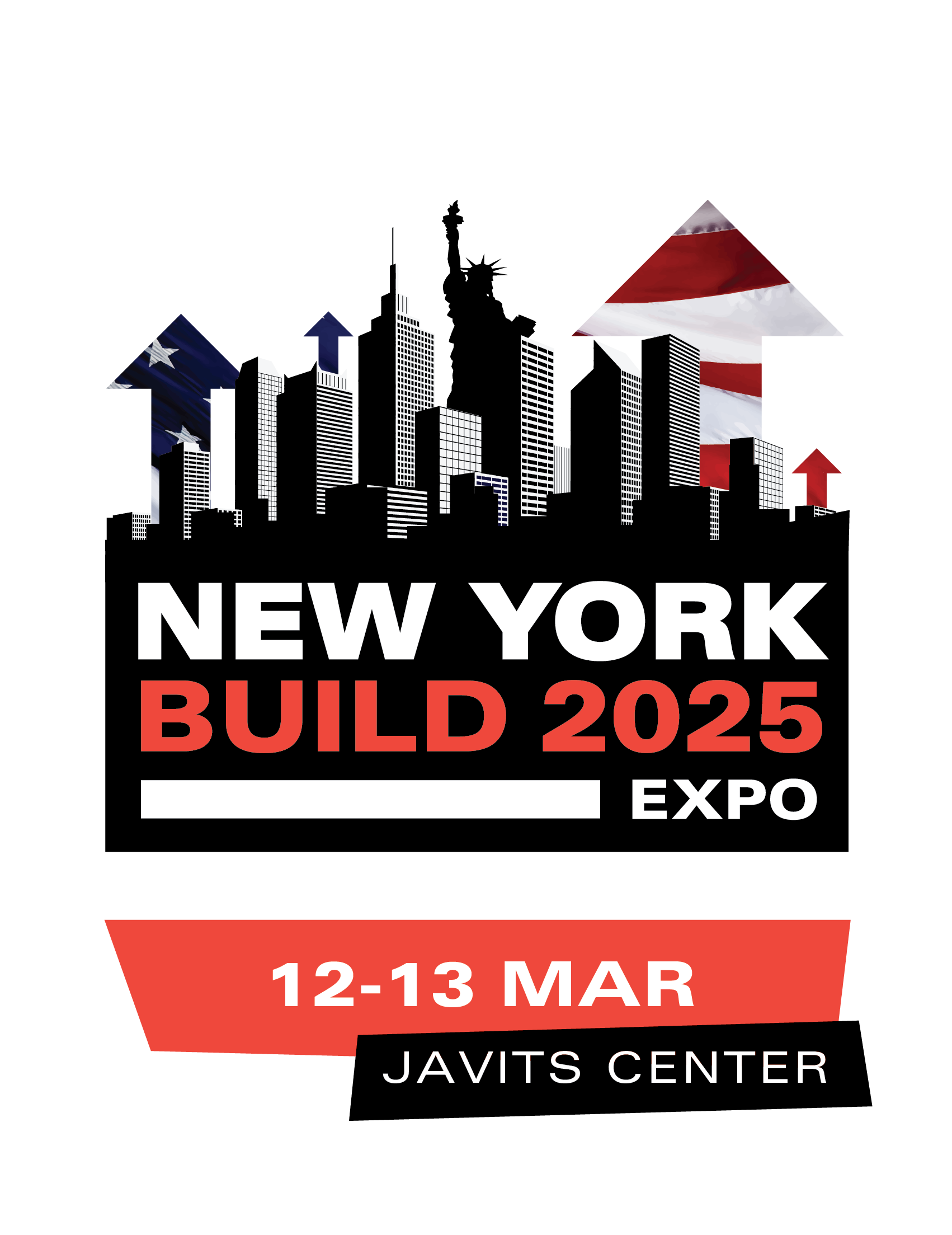The New York Times's glowing tribute to Kevin Roche, Irish starchitect
.png/fit-in/700x9999/filters:no_upscale())
Kevin Roche, the Dublin-born architect who died on Friday, at the age of 96, was a designer of modernist buildings, at once bold and refined, that gave striking new identities to corporations, museums and institutions around the world.
He was one of the rare architects who was admired and trusted by corporate executives, museum boards and government officials, who allowed him wide leeway in expressing his restless formal imagination. He was softly spoken, with a distant echo of an Irish accent, but it was an understated manner that belied the self-confidence that the buildings he made for his patrons radiated.
He created such distinctive works as the Ford Foundation headquarters in midtown Manhattan, an elegant palazzo of dark metal and glass built around a garden atrium and finished in 1967; the Oakland Museum of California (1968), a museum whose terraced roof functions as a public park; the General Foods headquarters in Rye Brook, New York (1982), a glass version of a grand classical villa; the sprawling headquarters of Union Carbide in Danbury, Connecticut (1982), a futuristic machine for parking and working; the headquarters of the JP Morgan Bank on Wall Street (1990), a skyscraper in the form of a classical column; and Convention Centre Dublin (2010), his only major Irish project. And he put an indelible stamp on the Metropolitan Museum of Art in New York.
Kevin Roche’s formidable body of work sometimes intersects fashion, sometimes lags fashion, and more often makes fashion
In 1982 Roche was awarded the Pritzker Architecture Prize, widely considered his profession’s highest honour. In its citation the jury said, “In this mercurial age, when our fashions swing overnight from the severe to the ornate, from contempt for the past to nostalgia for imagined times that never were, Kevin Roche’s formidable body of work sometimes intersects fashion, sometimes lags fashion, and more often makes fashion.”
The jury acknowledged that his work was hard to characterise and that his buildings outwardly had little in common. To Roche, however, there was nothing inconsistent about them; although he loved strong, memorable forms, he saw architecture as a matter of problem solving as much as shape making.
And he believed that because each building emerged out of a different situation, each called for something very different. It was a view he took from his mentor, Eero Saarinen, whose thriving architectural practice formed the foundation of Roche’s own.
Roche was hired by Saarinen in 1950, and before long he became the architect’s chief design associate, working on projects like the CBS Building in New York (known as Black Rock); the TWA Terminal at Kennedy Airport; Dulles International Airport, outside Washington; and the Ingalls Skating Rink at Yale University.
When Saarinen died suddenly, in 1961, at 51, it fell to Roche and John Dinkeloo, another Saarinen lieutenant, to keep the office going and complete Saarinen’s numerous unfinished works. As they began to take on new projects of their own, the Saarinen office transitioned into Kevin Roche John Dinkeloo and Associates. Dinkeloo died in 1981, at 63, after which Roche headed the office himself.
Roche was the favoured architect of the Metropolitan Museum of Art; he designed all the wings of the museum’s expansion, beginning with the Lehman Pavilion, a sunken space with a central skylit gallery surrounded by a series of rooms, which opened in 1975.
It was as a sculptor of modernist shapes in glass that Roche seemed most comfortable. He and Dinkeloo had been interested in the technology of glass since their early years with Saarinen, when Roche, looking at a pair of reflective sunglasses, proposed developing a reflective glass that could be used on buildings. One of his first major projects was a trio of glass pyramids that Roche built as the headquarters for College Life Insurance Company in Indianapolis, completed in 1971.
A few years later he designed One United Nations Plaza in New York, a sculptural skyscraper of gridded blue-green reflective glass that is nearly as abstract as his pyramids. The tower was the home of the UN Plaza Hotel (now the Millennium Hilton New York One UN Plaza), for which Roche designed a set of public spaces based on an intricate design of trelliswork and mirrors, endlessly reflecting. (When management wanted to renovate the hotel’s restaurant and bar in 2015, preservationists protested that Roche’s design was one of the city’s finest interiors from the 1970s, and persuaded the hotel to reverse course.)
The Metropolitan Museum of Art was not Roche’s only long-term client. One of his most important legacies from Saarinen was his relationship with J Irwin Miller, chairman of the Cummins Engine Co and a patron of architecture. Miller had transformed Cummins’s hometown of Columbus, Indiana, into an architecture Mecca, with buildings by both Saarinen and his father, Eliel Saarinen, in addition to others by IM Pei, Robert Venturi (who died in September), César Pelli, Richard Meier and Skidmore, Owings & Merrill.
Souce: Irish Times
New York Build is the leading construction show for New York and the Tri-state region. Gain access to 9 specialized summits, 200+ exhibitors, 200+ speakers and connect with 15,000+ registered visitors.


)